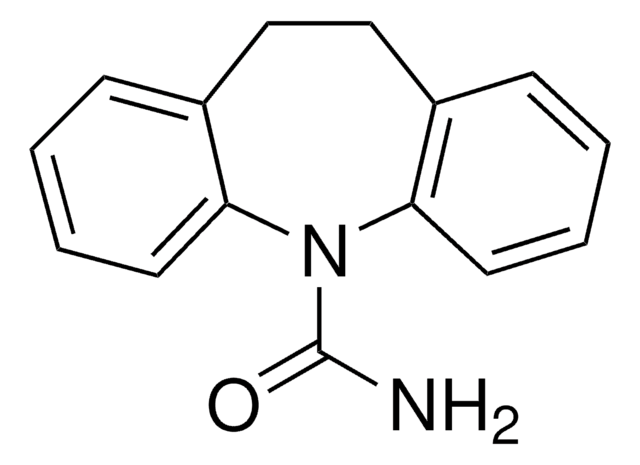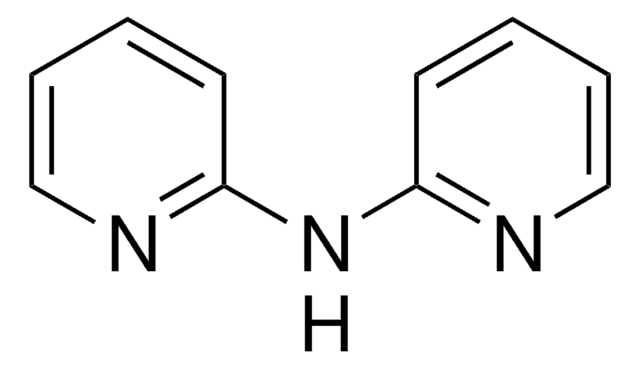PHR1250
Povidone
Pharmaceutical Secondary Standard; Certified Reference Material
Synonim(y):
Polyvinylpyrrolidone, PVP, Polyvidone, Povidone
About This Item
Polecane produkty
klasa czystości
certified reference material
pharmaceutical secondary standard
Poziom jakości
agency
traceable to Ph. Eur. P2660000
traceable to USP 1551503
rodzina API
povidone
Certyfikat analizy
current certificate can be downloaded
metody
HPLC: suitable
gas chromatography (GC): suitable
Zastosowanie
pharmaceutical (small molecule)
format
neat
temp. przechowywania
2-30°C
ciąg SMILES
C=CN1CCCC1=O
InChI
1S/C6H9NO/c1-2-7-5-3-4-6(7)8/h2H,1,3-5H2
Klucz InChI
WHNWPMSKXPGLAX-UHFFFAOYSA-N
Szukasz podobnych produktów? Odwiedź Przewodnik dotyczący porównywania produktów
Opis ogólny
Zastosowanie
Inne uwagi
Komentarz do analizy
Przypis
produkt powiązany
Kod klasy składowania
11 - Combustible Solids
Klasa zagrożenia wodnego (WGK)
WGK 1
Temperatura zapłonu (°F)
Not applicable
Temperatura zapłonu (°C)
Not applicable
Wybierz jedną z najnowszych wersji:
Certyfikaty analizy (CoA)
Nie widzisz odpowiedniej wersji?
Jeśli potrzebujesz konkretnej wersji, możesz wyszukać konkretny certyfikat według numeru partii lub serii.
Masz już ten produkt?
Dokumenty związane z niedawno zakupionymi produktami zostały zamieszczone w Bibliotece dokumentów.
Klienci oglądali również te produkty
Nasz zespół naukowców ma doświadczenie we wszystkich obszarach badań, w tym w naukach przyrodniczych, materiałoznawstwie, syntezie chemicznej, chromatografii, analityce i wielu innych dziedzinach.
Skontaktuj się z zespołem ds. pomocy technicznej




